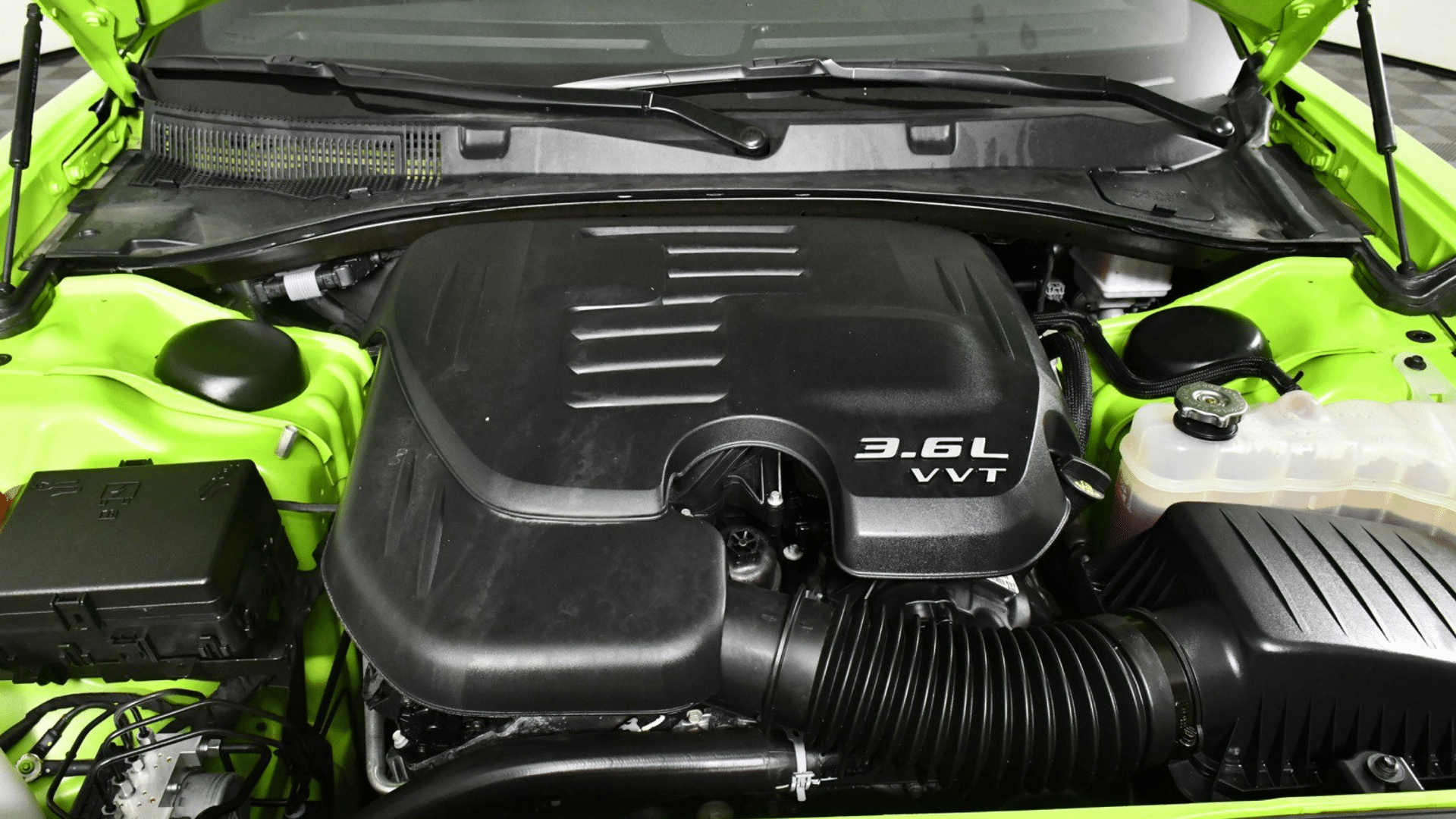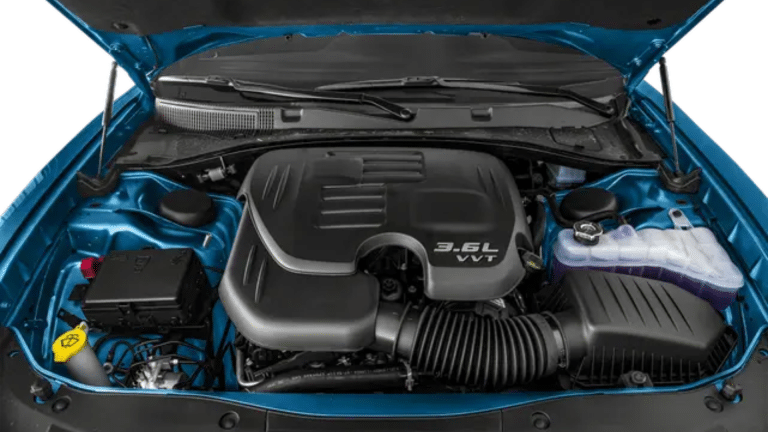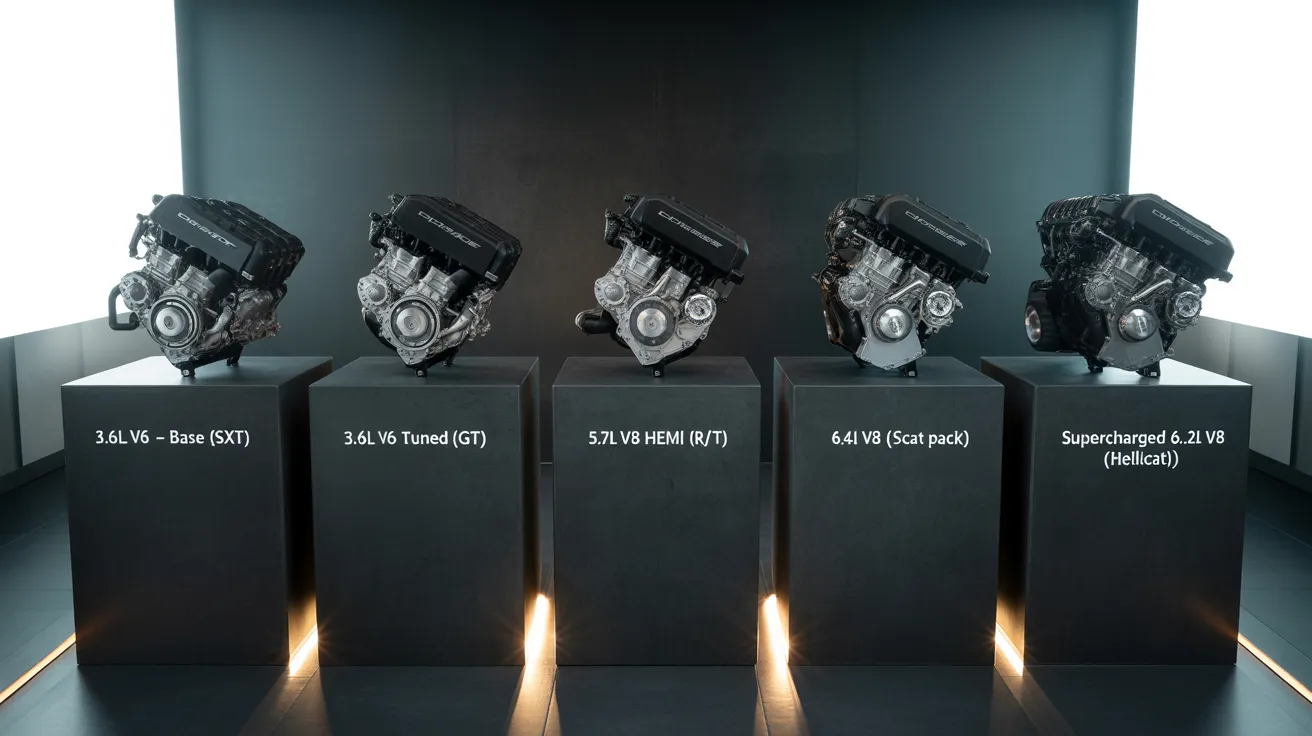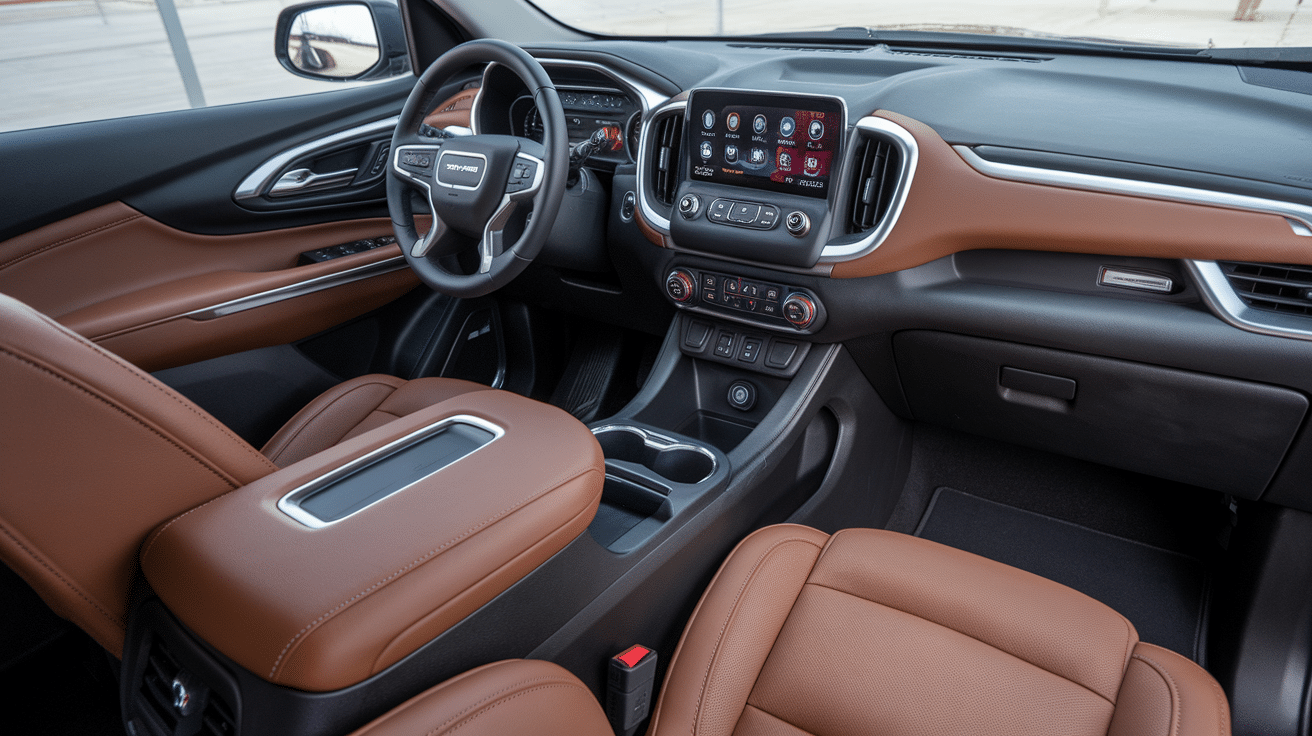The Dodge Charger GT is unique in the lineup. It’s not the basic model, and it’s also not one of the high-horsepower beasts like the Hellcat.
That’s what makes it interesting to so many car shoppers.
It offers just enough power and style to feel like a real muscle car, but without the huge price tag or insurance bill that comes with top-tier models.
In this article, I’ll explain what makes the GT trim special. We’ll also discuss the engine specs, how it performs, and how it compares to other Charger models.
I’ve studied these cars for years and driven several trims myself, so the info here is based on real-world experience and honest feedback from owners.
By the end, you’ll have a clear answer to one big question: Does the Charger GT give you the power and fun you want at a price that makes sense? Let’s find out.
What Is the Charger GT Trim?

The Charger GT sits right in the middle of Dodge’s lineup. It bridges the gap between basic models and high-powered trims.
While base Chargers focus on saving money and top versions go all-in on speed, the GT offers a balance of both.
It’s made for drivers who want a sporty style and everyday comfort.
You get a sport-tuned suspension, upgraded wheels, and cool interior touches. It feels bold without being too much.
The price stays lower than V8 models, and insurance and gas costs are more manageable.
The Charger GT gives you muscle car looks and solid performance without going overboard.
Engine Specifications and Configuration

The Dodge Charger GT is powered by the 3.6-liter Pentastar V6, an engine that’s far from ordinary. It’s built for balance, giving drivers strong performance while still staying efficient and reliable.
| Feature | Details |
|---|---|
| Engine Type | 3.6-liter Pentastar V6 |
| Horsepower | 300 hp |
| Torque | 264 lb-ft |
| Construction | Aluminum block and heads |
| Valve Setup | Dual overhead cams with variable valve timing |
| Fuel Delivery | Direct injection |
| Transmission | 8-speed automatic with paddle shifters |
| Cooling System | Upgraded radiators for high-performance cooling |
With modern engineering, this V6 gives you the performance feel of an older V8 while keeping things smooth, cool, and fuel-efficient. It’s the perfect match for a smart daily muscle car.
Charger GT vs Other Charger Lineups
Knowing the differences between Charger trims helps you pick the one that best fits your lifestyle. Each model brings its strengths to the table, from comfort to raw power. The GT hits that sweet spot in the middle.
| Trim | Engine | Performance Focus | Fuel/Insurance Impact |
|---|---|---|---|
| SXT | 3.6L V6 | Comfort-focused | Most efficient and affordable |
| GT | 3.6L V6 (tuned) | Sporty handling + comfort | Balanced power and good value |
| R/T | 5.7L V8 HEMI | More power, louder exhaust | Higher fuel and insurance costs |
| Scat Pack | 6.4L V8 | High performance | Less practical for daily use |
| Hellcat | Supercharged 6.2L V8 | Track-ready speed | Highest cost, least daily-friendly |
The GT gives you sporty looks and sharper handling without the cost and complexity of a V8. It’s a smart pick for everyday drivers who still want a little muscle.
Performance Characteristics of the Charger GT Engine
The Dodge Charger GT proves that real-world performance isn’t just about big numbers; it’s about how a car feels on the road.
The GT delivers solid power, quick acceleration, and usable speed, all while staying efficient and affordable. Here’s what you can expect behind the wheel:
- 0–60 mph in approximately 6.4 seconds
- Quarter-mile time in the mid-14-second range
- Top speed limited to about 140 mph
- Strong mid-range torque for highway passing
- 23 mpg combined fuel economy
- Up to 30+ mpg on the highway
- Around 19 mpg in city driving
- Responsive to light modifications (intakes, exhaust upgrades).
A Closer Look at Charger GT’s Durability
Engine reliability and easy maintenance matter for long-term ownership. The Charger GT’s 3.6L Pentastar V6 delivers both, lasting over 200,000 miles with proper care and costing less to maintain than V8 models. Here’s how it holds up in real-world use.
| Category | Charger GT / Pentastar V6 |
|---|---|
| Engine Longevity | Commonly exceeds 200,000 miles with regular maintenance |
| Reliability Ratings | Excellent across multiple model years |
| Service Access | Easy to access for most routine DIY tasks |
| Weight Balance | A lighter engine improves handling and braking |
| Common Issues | Few, mostly cooling system and oil change neglect |
| Warranty Coverage | Full factory + available CPO protection |
| Parts Cost | Lower than V8 parts |
| Labor Time | Typically shorter, saving on repair bills |
The Pentastar V6 in the Charger GT delivers strong reliability, balanced driving, and lower maintenance costs. It’s a smart pick for drivers who plan to keep their car long-term without spending a fortune on upkeep.
What Makes the Charger GT Engine Unique?
The Charger GT Engine stands out from other V6 engines for several reasons. It combines power, reliability, and smoothness in a way that feels just right for everyday driving.
Dodge packed this engine with modern technology, like variable valve timing and advanced fuel injection.
These systems help the engine respond quickly and use fuel more efficiently. If you’re cruising on the highway or stuck in traffic, it adapts to your needs.
The sound is another nice surprise. No, it’s not a V8 rumble—but in Sport mode, the engine gives off a deeper, sportier tone that feels exciting. For car fans, there’s even room to grow.
The engine responds well to basic upgrades like exhaust and intake kits. Performance increases, but the car still runs smoothly.
Most of all, the engine is balanced. It’s strong without being too much, and easy to live with. From short commutes to weekend getaways, the Pentastar handles it all with ease.
Conclusion
The Charger GT’s engine offers a smart balance of performance and everyday comfort. It gives you that muscle car feel without the cost, weight, or stress of a V8.
It’s quick, smooth, and fun to drive, whether you’re commuting or heading out for the weekend.
Fuel economy is solid, insurance is lower, and maintenance stays simple.
The GT proves you don’t need extreme power to enjoy the road.
What’s your take on its balance of power and comfort? Share in the comments!
Frequently Asked Questions
Does the GT Engine Require Premium Fuel?
No, regular 87 octane is fine. The engine adjusts for fuel type automatically. Premium fuel may offer small gains in performance, but it isn’t necessary for everyday driving.
How Does Insurance Cost Compare to V8 Models?
Its rates are significantly lower than those of R/T and higher trims. Insurance companies classify it as a standard sedan. Rates typically match those of other V6 family cars closely.
Can You Modify the GT Engine Safely?
Yes, basic mods like cold air intakes or cat-back exhausts work well. Keep changes conservative to protect reliability and warranty. Avoid aggressive tuning unless fully prepared.









